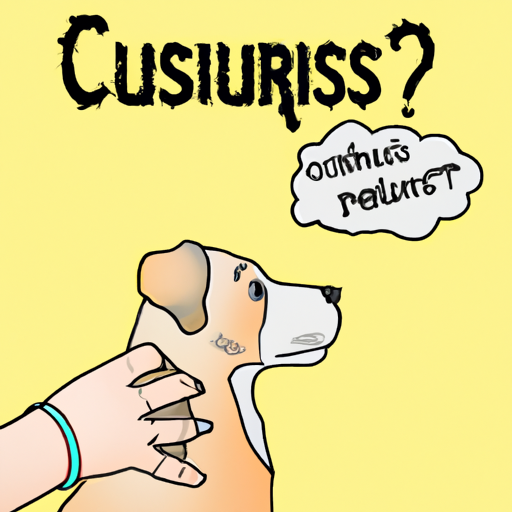Introduction
You know the scene: you’re sitting on your couch, engrossed in the latest bestseller, when suddenly a furry paw lands on your knee. Your four-legged companion is looking at you, eyes wide, paw still resting on your leg. Why do dogs do this? What are they trying to communicate? Let’s dive into this endearing behavior and explore what it might mean.
H2: The Language of Dogs: Understanding Canine Body Language
Dogs, unlike humans, don’t have the luxury of language to express their feelings. They use their body language, and pawing is one of their many gestures. Here’s a quick rundown of some potential reasons your dog might place their paw on you:
- Seeking Attention: If your dog wants to play or is hungry, they might paw at you to get your attention.
- Showing Affection: Sometimes, a dog’s paw on you is their way of showing love and affection.
- Stress or Anxiety: Dogs may also use their paws to communicate discomfort or anxiety.
H2: Pawing as a Sign of Dominance or Control
While it’s easy to assume that your dog’s pawing is always a benign or affectionate gesture, it’s important not to overlook the possibility of dominance or control. If your dog’s pawing is accompanied by other signs of dominance, such as growling or pushing you with their body, it might be time for a bit of behavioral training.
H2: When Should You Be Concerned?
While pawing is usually a harmless behavior, there are times when it can indicate a medical issue. If your dog’s pawing is excessive, or if they are licking or chewing their paws, it could be a sign of allergies or injury. In these cases, it’s best to consult with a vet.
H2: How to Respond to Your Dog’s Pawing
Responding to your dog’s pawing depends on the context. If it’s a benign or affectionate gesture, you might choose to respond with some petting or playtime. However, if the pawing is excessive or indicative of dominance, it may be necessary to establish boundaries.
H2: FAQs
Q: My dog paws at me all the time. Is this normal?
A: While some pawing is normal, excessive pawing could be a sign of anxiety or other behavioral issues. Consult with a vet if you’re concerned.
Q: Can I train my dog not to paw at me?
A: Yes, with consistent training, you can teach your dog alternative ways to get your attention or express their needs.
Q: Is pawing a sign of affection?
A: Often, yes! Many dogs paw at their favorite humans as a sign of love and affection.
Q: What should I do if my dog’s pawing is accompanied by aggression?
A: If your dog’s pawing is accompanied by growling, baring teeth, or other signs of aggression, it’s important to consult with a professional dog trainer or behaviorist.
Remember, every dog is different, and understanding your dog’s unique body language is an essential part of being a responsible and loving caregiver. Your dog’s paw on your knee isn’t just a cute gesture—it’s a form of communication. By understanding what your dog is trying to tell you, you can deepen your bond and provide the care and support they need.



